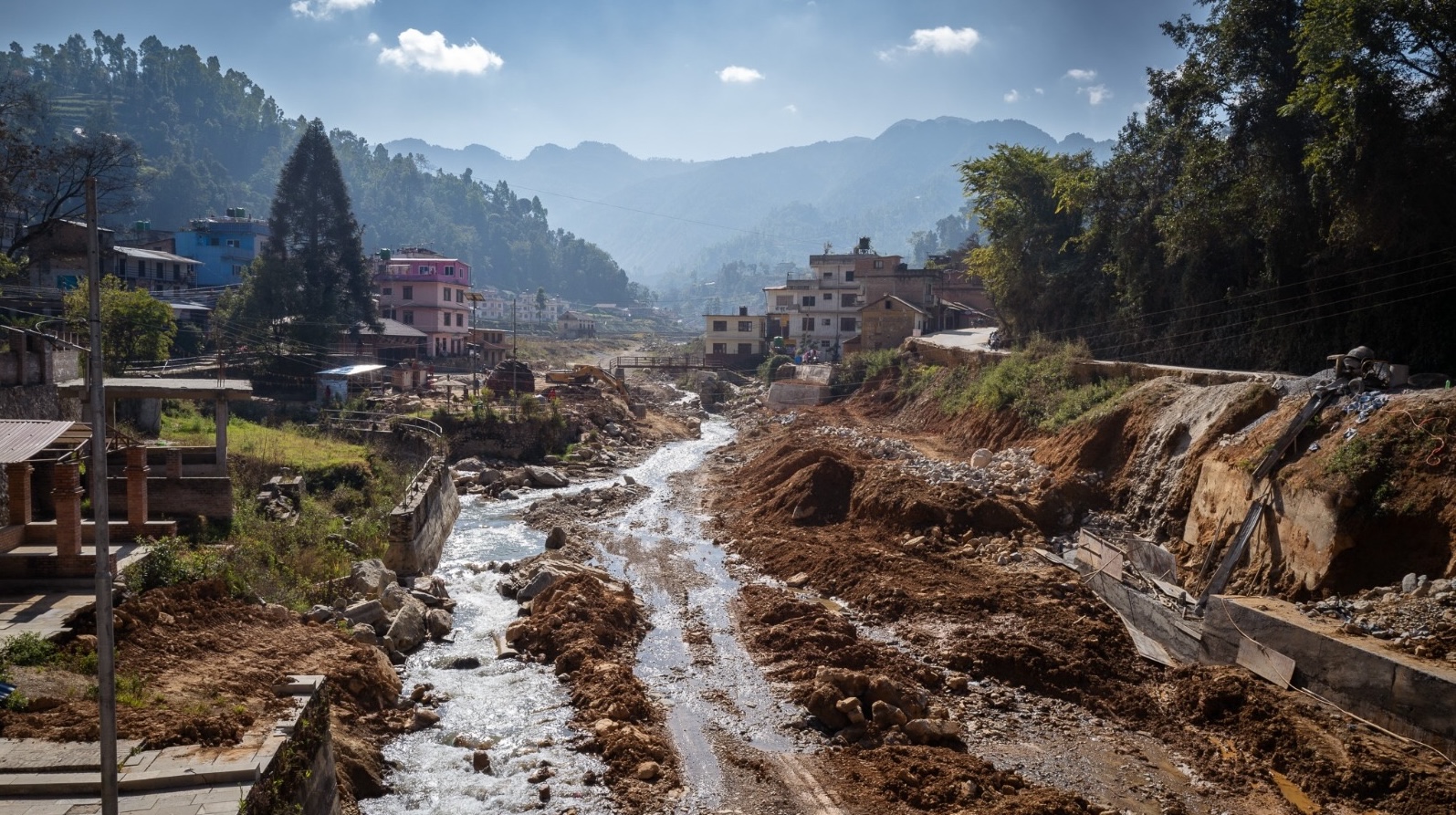Remote Sensing Applied to Irrigation Sector Performance Assessments
hydrosolutions GmbH has carried out a comprehensive assessment of irrigation performance in the former Soviet Republics of Uzbekistan and Kazakhstan. The study was commissioned by the World Bank, with the specific objective to identify gaps in the performance of irrigated agriculture and inform the decision-making processes in light of rising water scarcity. Using innovative machine learning techniques, we have mapped the entire irrigated agricultural area of both countries at a spatial resolution of 30 m for the years 2016-2020. Based on these maps, available data on irrigation water use and state-of-the art datasets on evapotranspiration and biomass production, we support the measuring and benchmarking of irrigation efficiency and irrigation performance in Uzbekistan and Kazakhstan.


In both countries we see signs of a poor state of the irrigation infrastructure: we identify low irrigation efficiencies (~20%) and large areas equipped for irrigation that are not in use (10-90%, depending on the region). Irrigation water productivity is particularly low in the downstream regions of the Aral Sea Basin, while the upstream regions in Uzbekistan are characterized by low irrigation efficiency but high productivity.The largest fractions of abandoned farmland equipped for irrigation are found in the eastern and northern regions of Kazakhstan. For this reason, Kazakhstan has recently adopted a program for irrigation expansion and rehabilitation of irrigated areas that existed before independence (OECD, 2020). In Uzbekistan,the recent focus has been on increasing irrigation efficiency. Our insights in this respect are encouraging since we identify signs of increasing irrigation efficiency and increasing biomass production over the studied five-year period (2016-2020).




